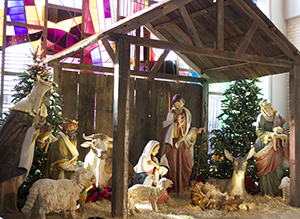 The feast of manifestation, or Epiphany is traditionally celebrated the 12th day after Christmas, January 6th. However, the Dioceses of the United States place the celebration of the feast on the Sunday between January 2nd and 8th.
The feast of manifestation, or Epiphany is traditionally celebrated the 12th day after Christmas, January 6th. However, the Dioceses of the United States place the celebration of the feast on the Sunday between January 2nd and 8th.
The Epiphany takes its name from the Greek epiphania, a verb that means to “shine upon,” “to manifest,” or “to make known.” The feast unites three events in the life of Christ when His divinity shines through His humanity: the adoration of the Magi; the baptism of Christ in the Jordan; and the first miracle at the wedding feast of Cana.
Another important aspect of the Epiphany is the royal kingship – the revelation of Christ to the three kings at Bethlehem, which is a symbol of His revelation to the whole of the Gentile world.
In Louisiana, the Feast of the Epiphany marks the beginning of the next “holiday season” – Carnival, which starts on Twelfth Night and ends at midnight before Ash Wednesday. Residents of south Louisiana traditionally celebrate Epiphany with a sweet treat known as king cake.
According to local New Orleans baker, Manny Randazzo, the King Cake tradition is thought to have been brought to New Orleans from France in 1870. A King Cake is an oval-shaped bakery delicacy, crossed between a coffee cake and a French pastry that is as rich in history as it is in flavor. It is decorated in royal colors of PURPLE which signifies “Justice,” GREEN for “Faith,” and GOLD for “Power.” These colors were chosen to resemble a jeweled crown honoring the Wise Men who visited the Christ Child on Epiphany. In the past such things as coins, beans, pecans, or peas were also hidden in each King Cake.
Today, a tiny plastic baby is the common prize. At a party, the King Cake is sliced and served. Each person looks to see if their piece contains the “baby.” If so, then that person is named “King” for a day and bound by custom to host the next party and provide the King Cake.
Every country has their own version of an Epiphany cake or bread:
Spain: Roscón de Reyes is a roll that is ring shaped and sometimes filled with chocolate or jelly.
Germany and Switzerland: In both countries the Three Kings Cake is called Dreikönigskuchen and usually a gold crown is placed on top of the cake.
France: Galette des Roi (Cake of the Kings) – usually this is a round and flat cake, honey-spice or sponge inside and decorated with pastry, fruits, or sugared frills. Each cake has a bean, small token or miniature doll inside. A nice tradition: there should be one more piece than the number of guests. The extra portion, “la part a Dieu”–God’s share–is for the first poor person who knocks at the door. The day of the Kings means sharing as well as receiving; nobody who asks for food or alms will leave empty-handed that day.
England: Twelfth Cake is eaten with Lamb’s Wool (mulled ale with roasted apple pulp). Inside the cake are a bean and a pea. The man who finds the bean is the King, and the woman with the pea is the Queen.
So during this season between Epiphany and Lent as you enjoy your king cake at your Carnival celebrations, keep in mind that it is not just a delicious pastry that we enjoy; it actually has meaning and is symbolic of a jeweled crown honoring the three kings who visited the Christ Child on the Twelfth Night.


